This first cartoon is by Quentin Blake for Punch
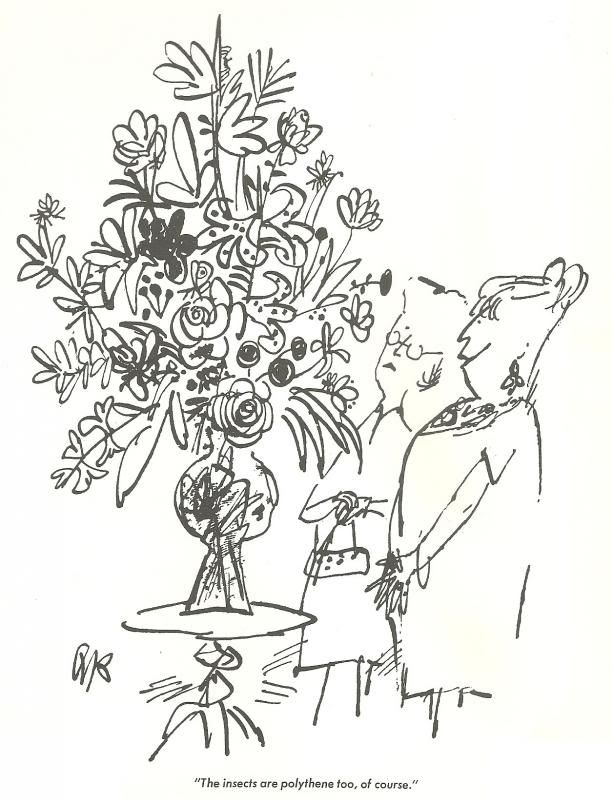 Next is a long story by John Glashan.
Next is a long story by John Glashan.It's such a pain in the ass scanning books with library binding and no margins with cartoons across a two-page spread, but some pages are just impossible to clean up. I try my best, though.
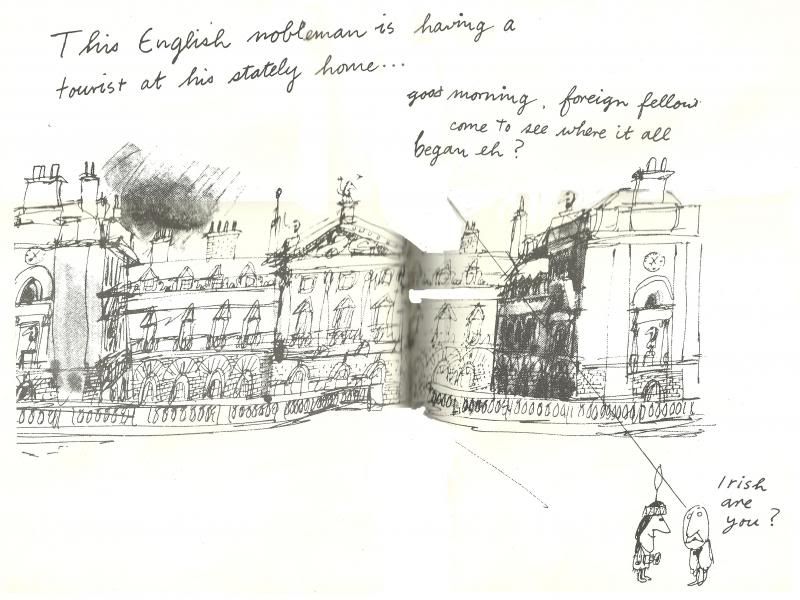
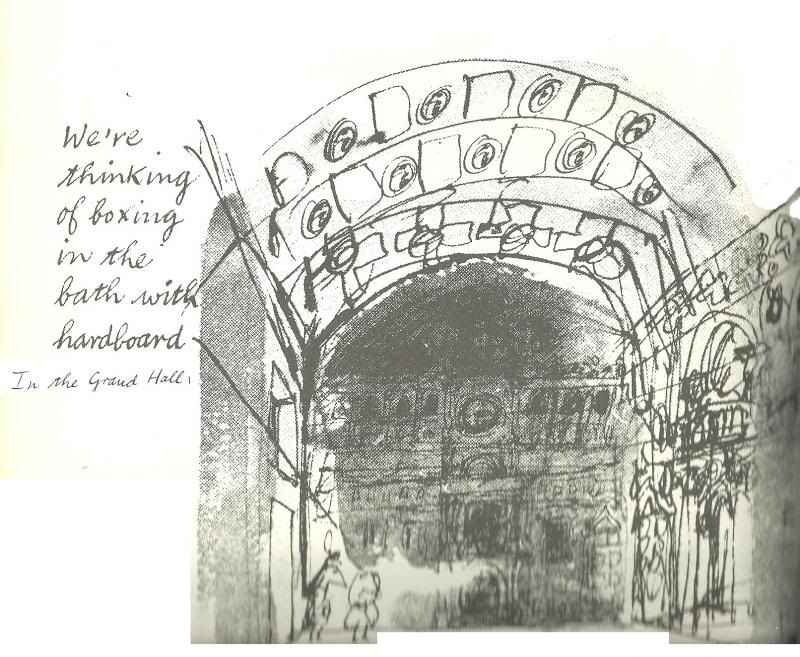
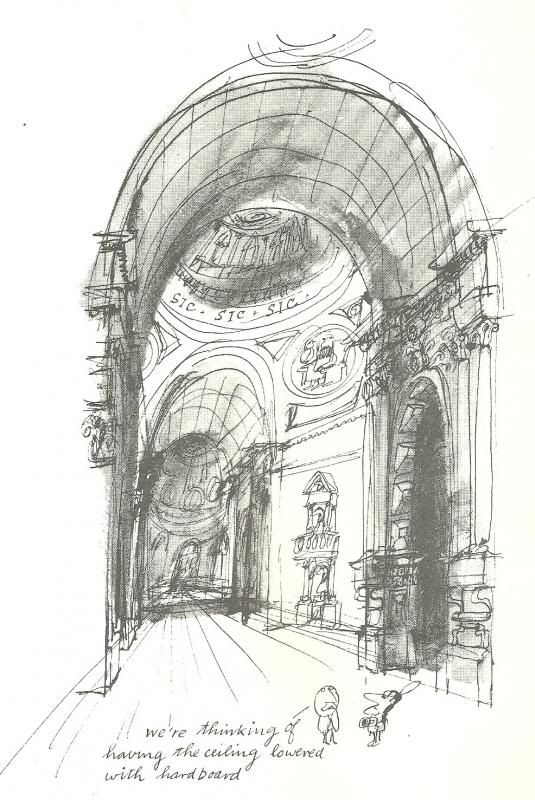
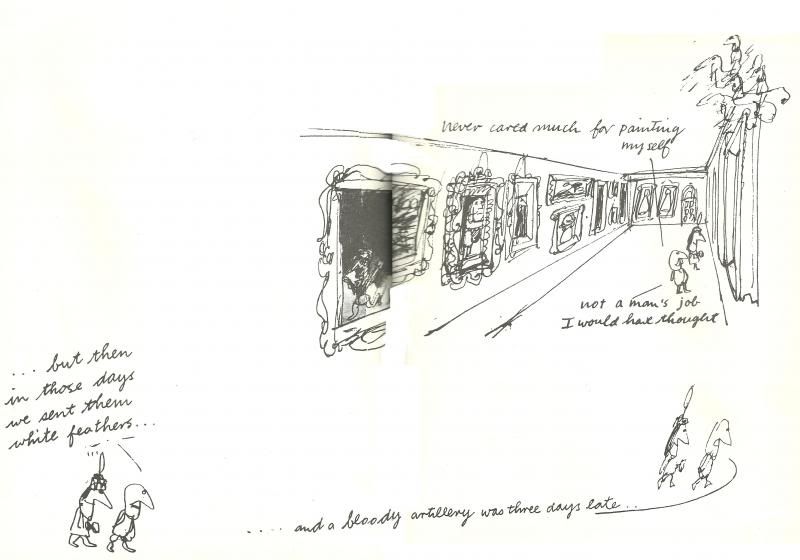
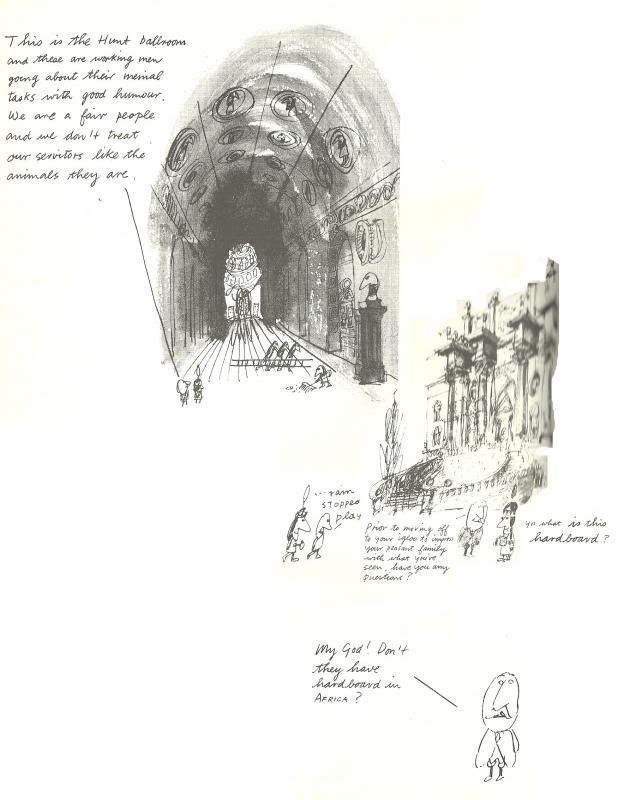 Volker Ernsting for Bärmeier & Nikel.
Volker Ernsting for Bärmeier & Nikel.
 Henry Syverson for Saturday Evening Post
Henry Syverson for Saturday Evening Post
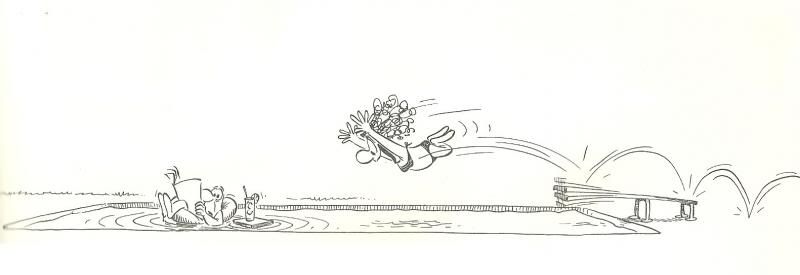 Quentin Blake again.
Quentin Blake again.
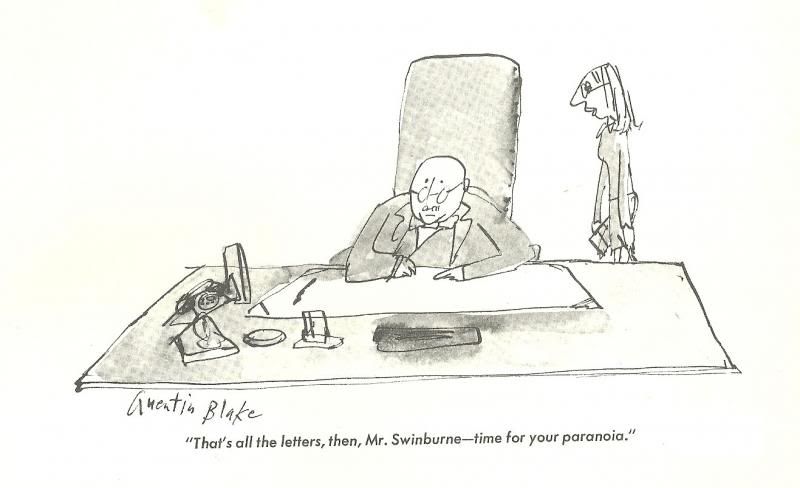 William Steig for The New Yorker. Editor John Bailey writes about him in the introduction:
All right-thinking people agree that Steig is a genius. He is a shrewd and penetrating student of human nature, a profound philosopher, and a great playwright—for many of his things, like Thurber's, could be staged. He sees the whole picture of life, and both animals and humans are subject to Steig's laws and observations. He carries honesty to an extreme. His work is completely genuine, unpretentious, and consistent. There is no such thing as a substandard Steig. His work is timeless, yet ever-changing and evolving.
William Steig for The New Yorker. Editor John Bailey writes about him in the introduction:
All right-thinking people agree that Steig is a genius. He is a shrewd and penetrating student of human nature, a profound philosopher, and a great playwright—for many of his things, like Thurber's, could be staged. He sees the whole picture of life, and both animals and humans are subject to Steig's laws and observations. He carries honesty to an extreme. His work is completely genuine, unpretentious, and consistent. There is no such thing as a substandard Steig. His work is timeless, yet ever-changing and evolving.
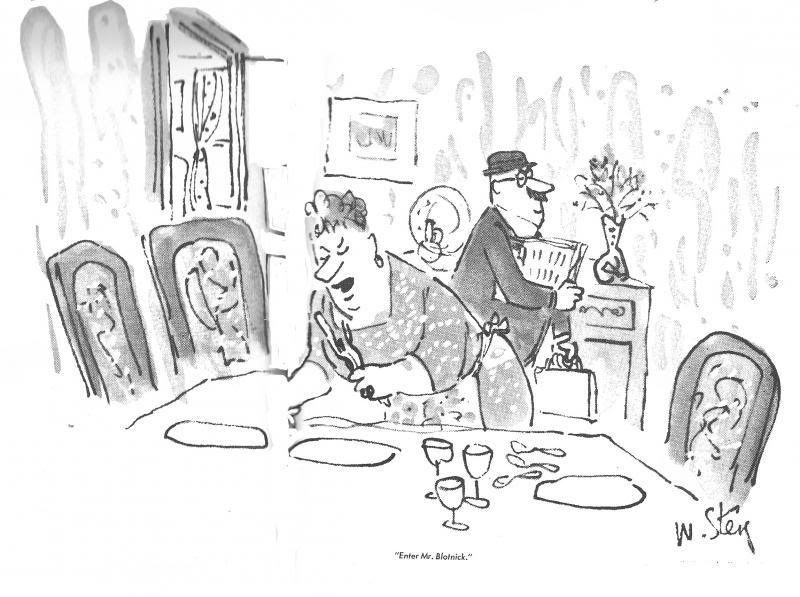 Lee Lorenz, also for The New Yorker. He's also talked about in the introduction:
Lee Lorenz, also for The New Yorker. He's also talked about in the introduction:Lorenz is a keen satirist who has retained in his work many of the traditions of comic drawing and has skillfully joined them in a completely modern way of looking at things. He is an important link between the historic cartoonist and the new, far-out, Steinbergesque, Picasso-influenced cartoonist.
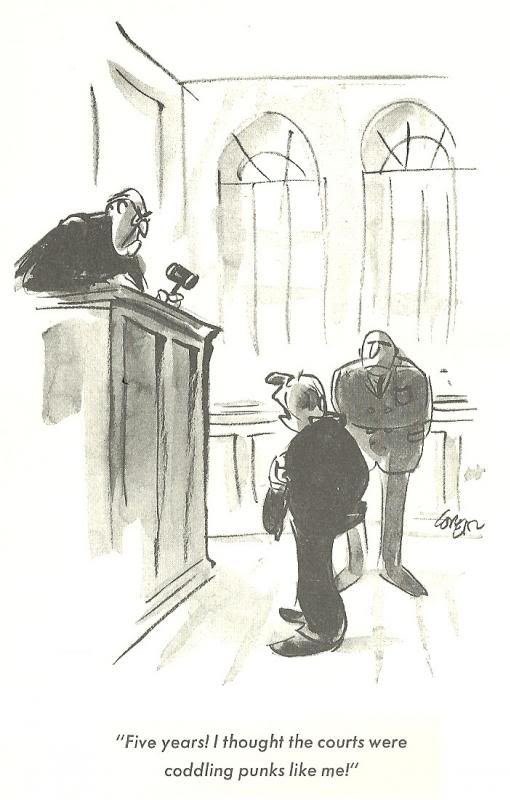 Virgil Partch with one of the few cartoons he did for The New Yorker. He's also mentioned in the intro:
Virgil Partch with one of the few cartoons he did for The New Yorker. He's also mentioned in the intro:The cartoons of Virgil Partch always convey a feeling of complete freedom. He has his own highly personalized sense of the absurd and the macabre, which is so outrageous that one is simply shocked into laughter. Both his characters and ideas are brilliantly bizarre, and he has created a bizarre style of drawing to fit them.
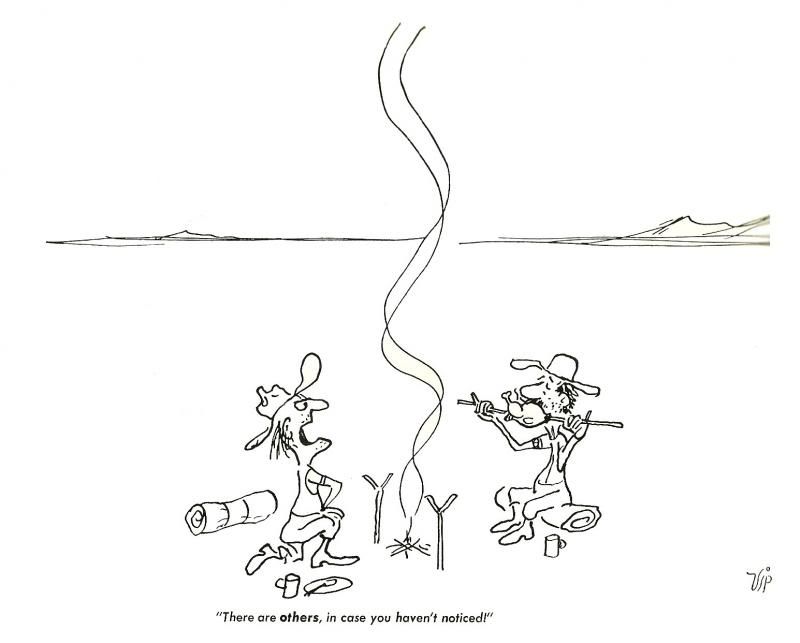 Eldon Dedini for The New Yorker
Eldon Dedini for The New Yorker












































































No comments:
Post a Comment